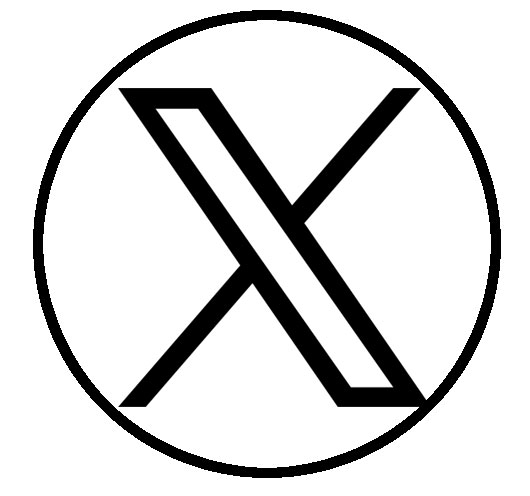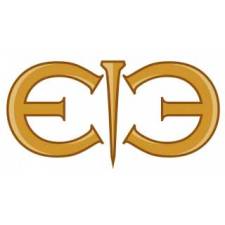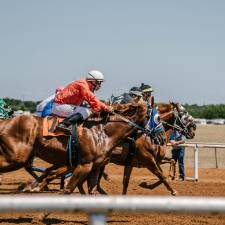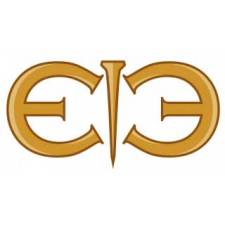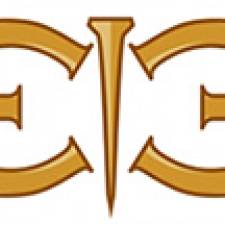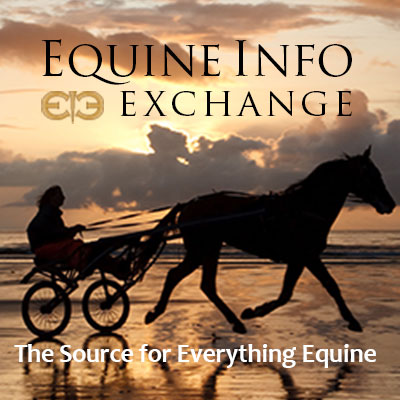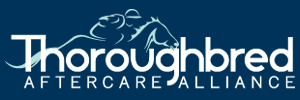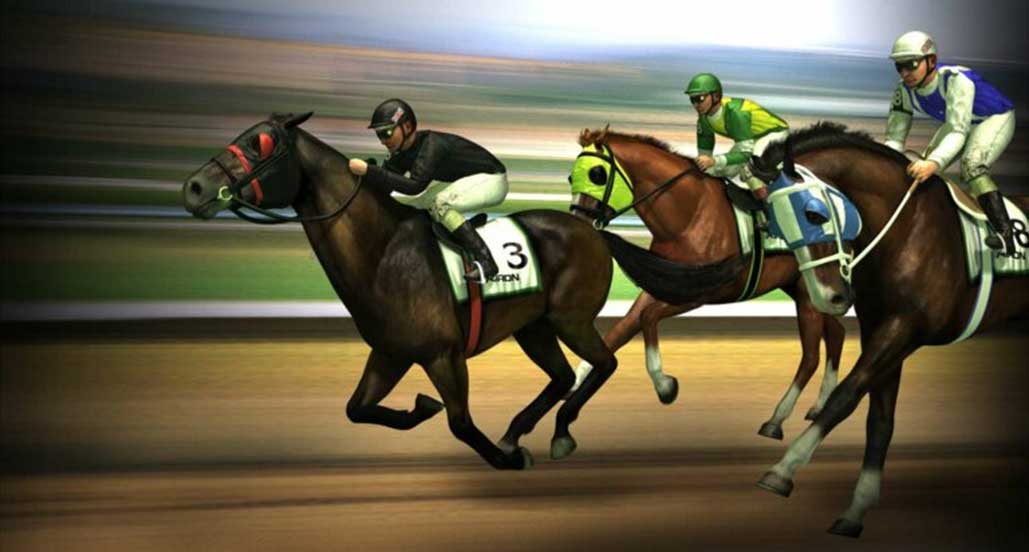
Taking a gamble on horse racing is a global pastime that remains as one of sports most popular betting markets today. From Great Britain's Grand National to America's Breeders' Cup, bookmakers from around the world take heavy wagering action from bettors attempting to make a quick profit. But before you can master the world of horse handicapping, it's imperative to understand horse racing odds and what they entail. For those struggling to grasp betting lines and available odds, continue reading for a short guide on the subject.
What's The Need for Horse Racing Odds?
To simplify, horse racing odds are the mathematical representation of how likely a single horse is to win a particular race. In addition to providing bettors with a clear outlook on the likelihood of a horse winning, the odds (also known as the betting line) will give you an idea of the amount of profit you can make from betting a specific horse.
Once you've mastered the other niceties involved around horse racing odds, you can utilize this knowledge to guide how much you could win and gauge how likely your preferred outcome matches the industry as a whole.
Odds will diversify depending on the racetrack, the horses involved, and live adjustments will be made on odds as industry news, or wager amounts shift the available price. Making use of an odds tracker can be an excellent investment when tracking the best available betting value.
What Are Horse Racing Odds?
Horse racing odds represent the return in cash profit you can expect on your investment (or wager) if the bet you've placed is successful. The available odds you wager on also reflect the percentage chance your horse has of winning the race, otherwise known as implied probability.
Implied probability is the official term when a conversion is made from betting odds into a percentage. It also takes into account the bookmaker's margin to deliver the expected probability of an outcome occurring. Bettors will use implied probability to assess if their wager holds significant value.
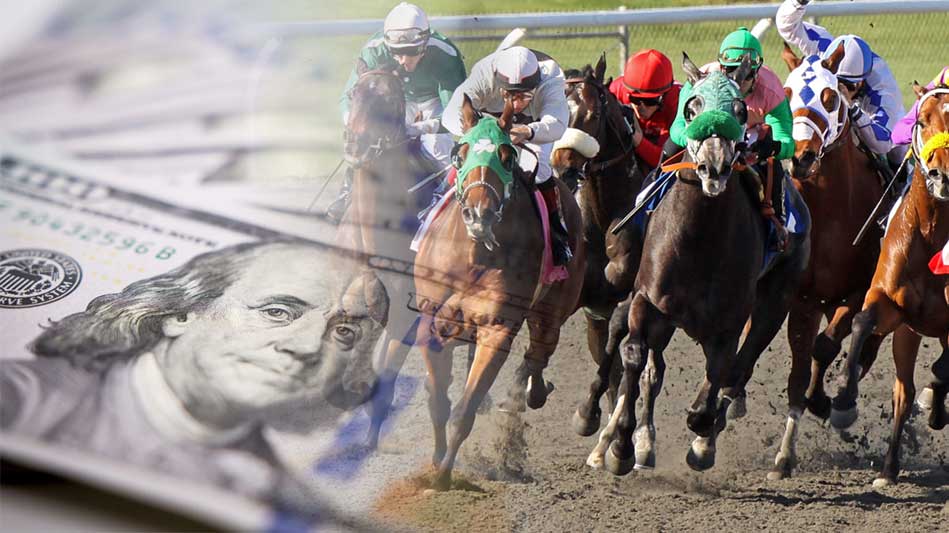
For example, a heavy favourite could have odds of 1/5 [-500] [1.2] in horse racing. When converted, these set of odds represent an implied probability of 83.3%, making the horse a significant favourite. Oddsmakers take many situations into account when creating the betting line, such as the horse's current form and the horse's success on particular racetracks.
However, betting on the most favourable isn't always the desirable choice, as line movement can often remove the initial value making your wager a "bad bet". To avoid this, bettors must shop for their odds and attempt to place their wagers as early as possible.
Horses with lower probability outcomes are known as 'underdogs', and these positions are regularly preferred in horse racing because of the potential pay-out.
If a horse provides odds of 4/1 [+400] [5.0], the implied probability is a mere 20%, but the profit margins are significantly higher than betting on favourites. Spotting less favoured horses who you believe have a chance at winning is an excellent method to earn significant profits but obviously come with a higher risk.
Weighing up the risk to reward ratio is essential, so once you've got to grips with the betting odds, it's vital to review the different betting methods and practices.
To help understand the difference in odds, a $100 wager on odds of 4/1 would return $400 profit. Whereas the odds priced at 1/5 would require $500 to earn a profit of $100.
Traditional Horse Racing Odds
There are three commonly used odds formats (Fractional, American, Decimal), but fractional odds are most utilized in horse racing.
Using the odds examples above, fractional odds are viewed as 4/1, American odds +400, and decimal odds 5.0.
When the odds are shown in traditional fractions, i.e. 4/1 or 9/2, it shows the amount of profit available to the stake required. So, if you're betting a horse with 4/1 odds with a $100 stake and it wins, you'll return a profit of $500 ($100 x 4 + your initial stake).
When you see any other number besides a 1, you need to divide the amounts, so odds of 9/2 are 4 ½ to 1 then the same sum applies.
Here are some further examples…
- 5/1 – You profit $500 for every $100 wager placed
- 6/4 – You'll profit $600 for every $400 wager placed
- 1/2 - You'll win $100 for every $200 wager placed
Despite American odds being the most popular format across US sportsbooks, horse racing's global format in odds will often be viewed in a fractional format, so it's essential to understand each individual odds format.
Further Examples…
- +700 – You profit $700 for every $100 wager placed
- -250 – You'll profit $100 for every $250 wager placed
Finally, we have the decimal odds format, which is most commonly used in European sports markets.
Decimal odds show bettors how much a winning bet will return by simply multiplying the stake with the odds.
So, if you're betting $100 on decimal odds of 10.00, you'll earn a profit of $900 which doesn't include your initial $100 stake ($100 x 9 + wager amount).
- 6.00 – You profit $500 for every $100 wager placed
- 2.50 – You'll profit $900 for every $400 wager placed
There are more informative articles in our sections on Horse Racing and Wagering.

